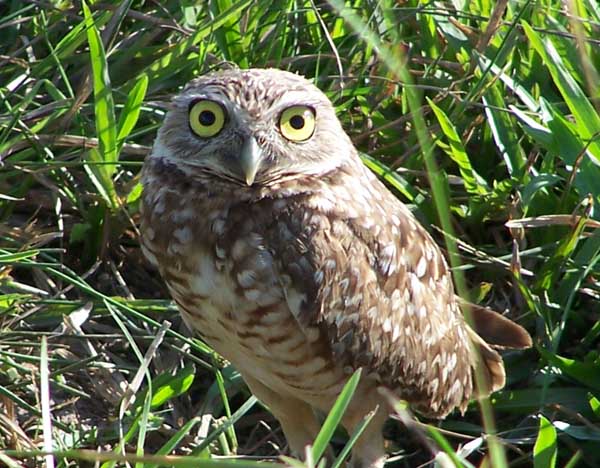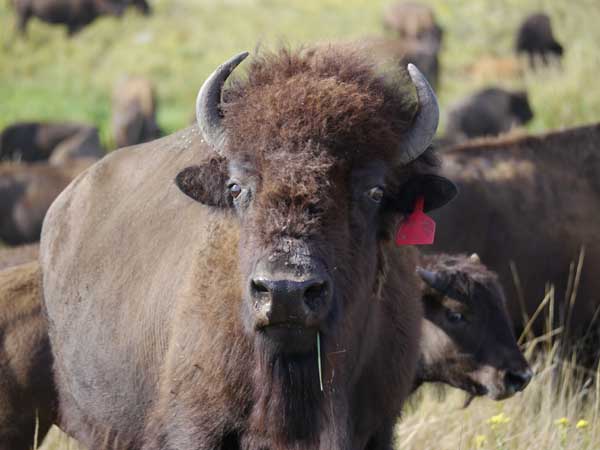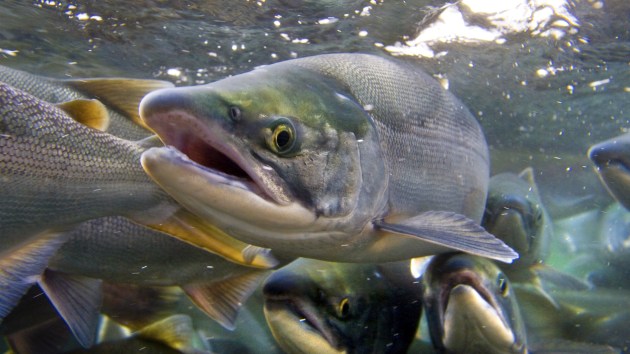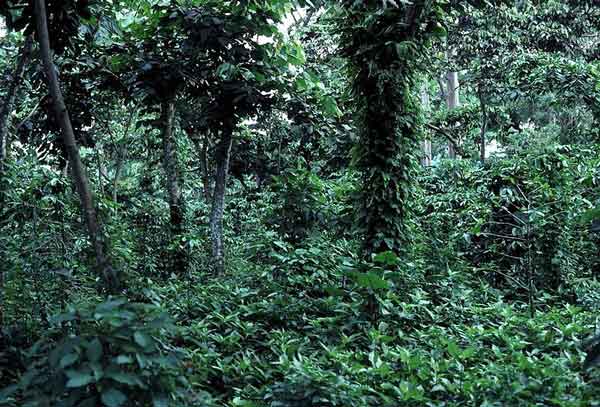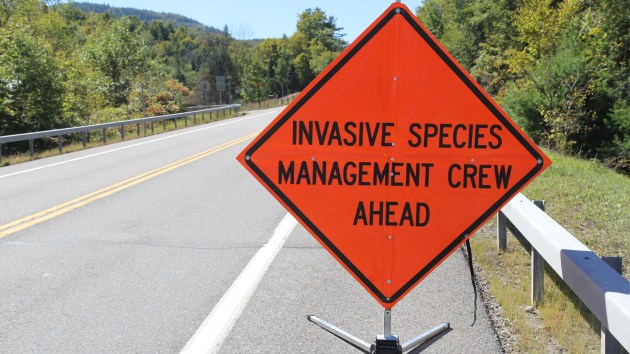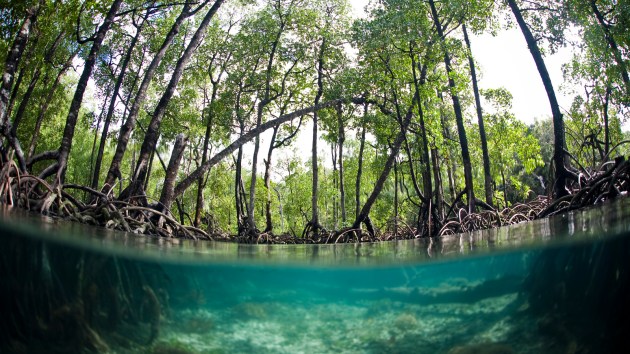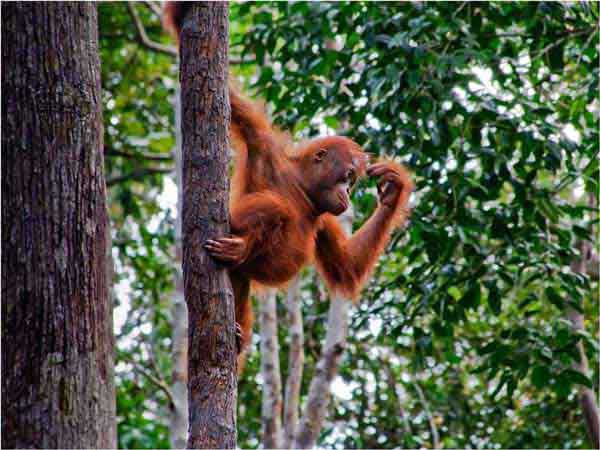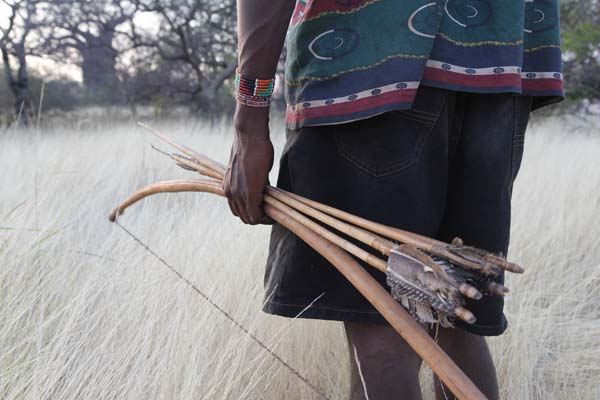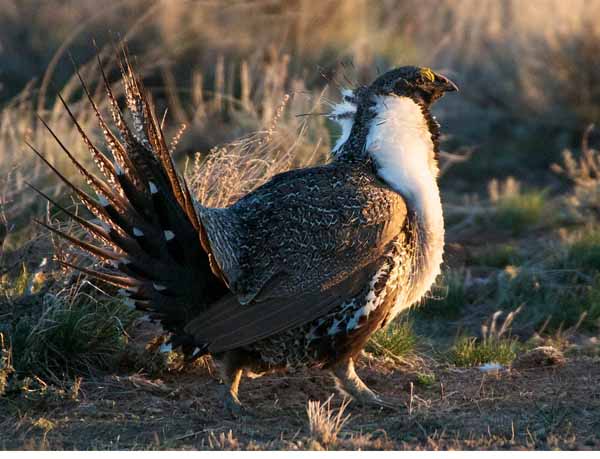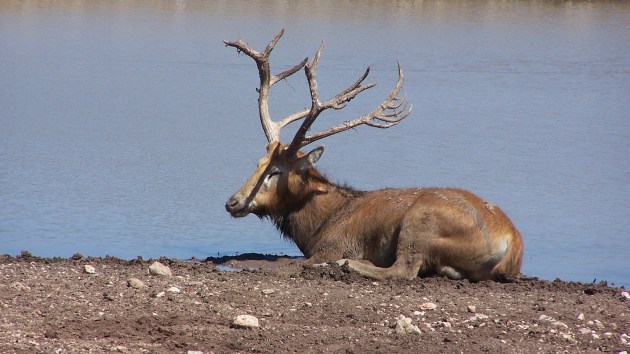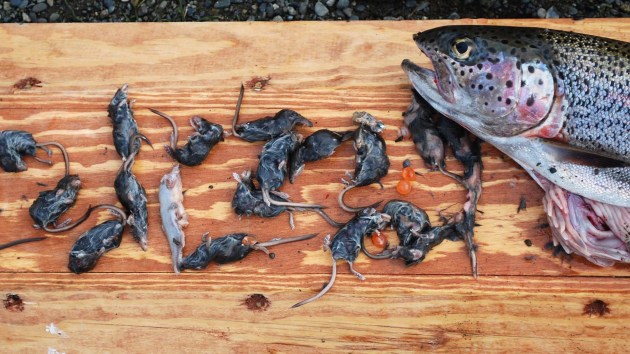Discover stories in Uncategorized
Weird Nature: An Owl That Uses Dung Tools
Sure, burrowing owls are incredibly cute. But did you know that they are also one of the most intriguing tool users in the animal kingdom?
Field Notes: A Bison Herd Without Raging Bulls?
Does removing the oldest, most dominant bulls from a bison population affect breeding and herd behavior? It's the latest chapter in the extensive research of these animals at Ordway Prairie.
Lose the Memory, Lose the Fish
A dead river runs through it? We've come to accept our current, degraded rivers as normal, even though they once held almost-incomprehensible numbers of migratory fish. Can ecological history be a first step in reclaiming our memory and our fish?
Shade Coffee: Not Just for the Birds
When it comes to coffee, we not only need to think about who grows the bean, but also how and where it is grown. Shade coffee is worth the investment, says Tim Boucher.
Adirondacks Rapid Response: An Invasives Success Story
Too little, too late: that's often the narrative of invasive species. Not here. Not in the Adirondacks. Early detection and rapid response is making a difference--before invasive plants have the chance to become established.
A Breakthrough for Data-Poor Fisheries Starts in Palau
Find out how a new technique piloted in Palau by The Nature Conservancy could help solve one of the world’s greatest challenges in fisheries management — a simple, low-cost method for assessing fish stocks.
Science: Mangrove Forests as Incredible Carbon Stores
Based on these new findings, says Conservancy marine scientist Mark Spalding, the world should be investing a lot more in preventing mangrove loss and restoration.
How Green is Your Chainsaw?
Can a chainsaw be green? That may sound ridiculous, but in the forests of Borneo, loggers can be a critical ally in maintaining biodiversity and mitigating climate change.
Can Forest Carbon Markets Provide for a 40,000-Year-Old Culture?
That's a key question being answered by the Conservancy and partners as they work to protect the land of the Hadza, who have hunted and lived in this region for at least 40,000 years.
The Sage Grouse Initiative: Science to Solutions
For sage grouse, the the apocalypse comes in the form of fire, weeds, unplanned energy development and even encroaching trees. But now, these birds are the subject of “one of the largest conservation experiments ever undertaken in North America.” Is it enough to save them?
Saved by Chance: The Incredibly Strange Story of the Pere David’s Deer
The Pere David's deer may be the only species saved because someone broke a wildlife law. It now is a creature of British deer parks and Texas wildlife ranches, facing a secure future far from its native habitat. What lessons can we learn from this near-collision with extinction?
The World Famous Shrew-Eating Trout: An Update
We've been inundated with questions about the shrew-eating trout featured in a blog published earlier this month. Get your questions answered, and more. (Including a fish that ate something even more disturbing).
